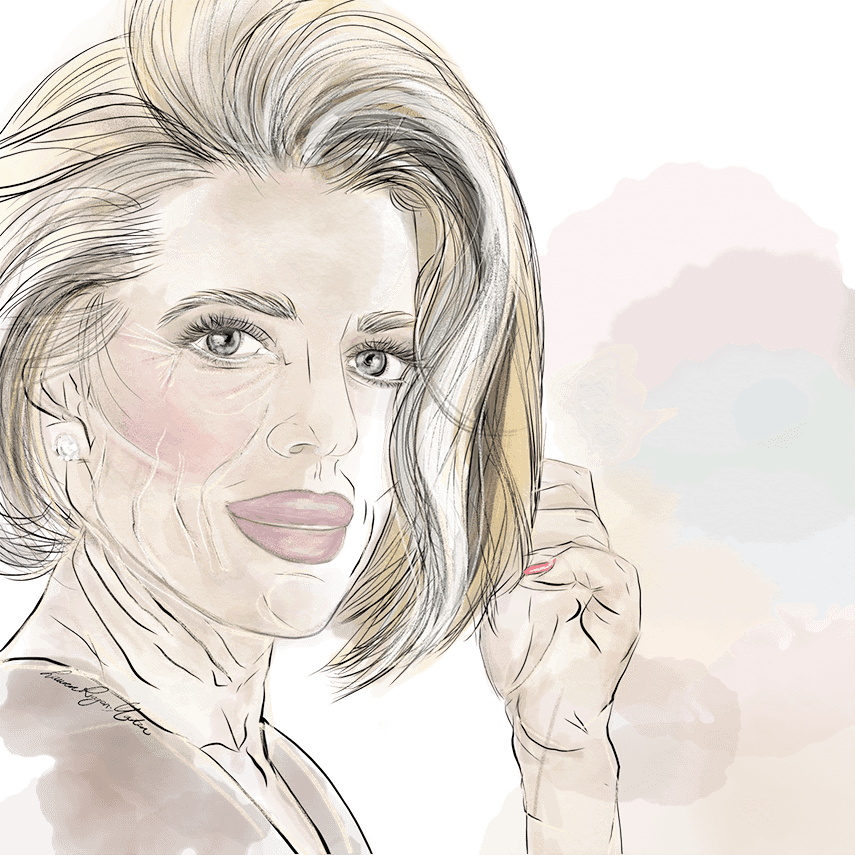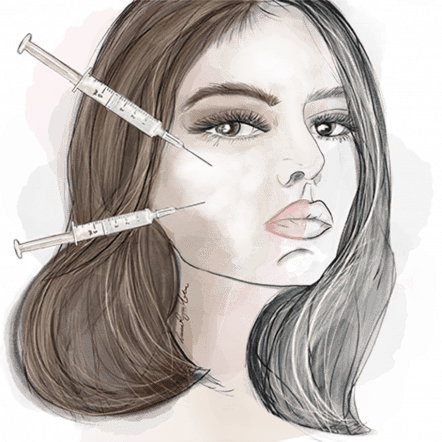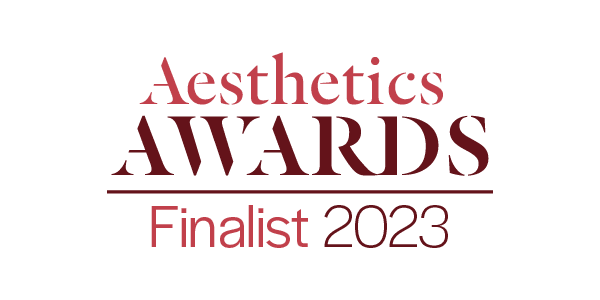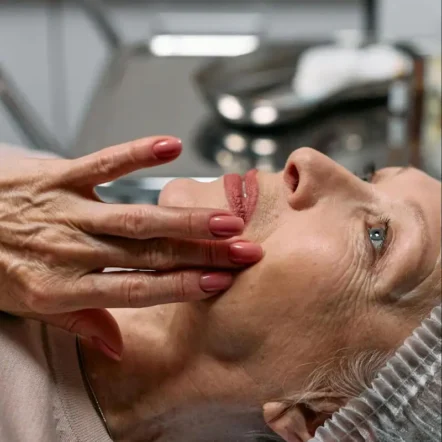

Condition
Wrinkles
What are fine lines and wrinkles?
Fine lines and wrinkles are the visible creases that develop on the skin as a person gets older. This concern can affect the upper, mid and lower parts of the face and neck, appearing as: forehead lines, frown lines, crow’s feet, bunny lines, nose to mouth lines (nasolabial folds), lip lines and marionette lines (lines that run from the corners of the mouth, down towards the chin). Facial creases will often start off as small, fine lines that can deepen and become more prominent over time.
What are the causes?
The development of fine lines and wrinkles usually have two main causes: a weakened skin structure and facial movement.
The ageing process causes collagen and elastin to be lost from the skin’s structure. As volume and elasticity decline the skin becomes thinner, less bouncy and less supported by its underlying tissues.
Our facial movements, such as frowning and smiling are the responsibility of the internal muscles and when they move, the skin moves with them. This will often cause a groove in the tissues with which the skin sits in momentarily, before returning to its original form. As a person gets older and both the internal and external structure weakens, the creases can become static and give the face a worn and weary look.

What are fine lines and wrinkles?
Fine lines and wrinkles are the visible creases that develop on the skin as a person gets older. This concern can affect the upper, mid and lower parts of the face and neck, appearing as: forehead lines, frown lines, crow’s feet, bunny lines, nose to mouth lines (nasolabial folds), lip lines and marionette lines (lines that run from the corners of the mouth, down towards the chin). Facial creases will often start off as small, fine lines that can deepen and become more prominent over time.
What are the causes?
The development of fine lines and wrinkles usually have two main causes: a weakened skin structure and facial movement.
The ageing process causes collagen and elastin to be lost from the skin’s structure. As volume and elasticity decline the skin becomes thinner, less bouncy and less supported by its underlying tissues.
Our facial movements, such as frowning and smiling are the responsibility of the internal muscles and when they move, the skin moves with them. This will often cause a groove in the tissues with which the skin sits in momentarily, before returning to its original form. As a person gets older and both the internal and external structure weakens, the creases can become static and give the face a worn and weary look.



























































